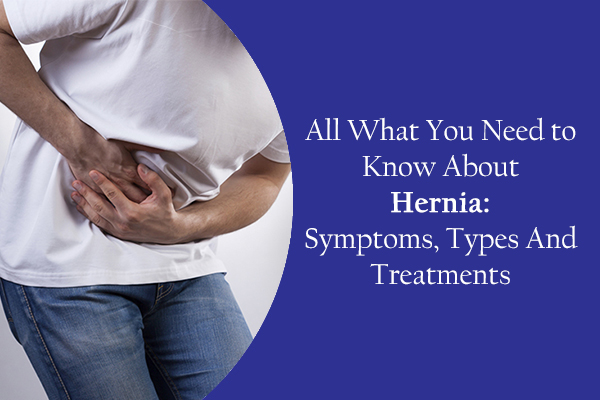What are Piles?
Piles are also popularly known as haemorrhoids which are actually very small and blood filled swellings caused by the dilated veins of the anus. This is causes anal bleeding, discomfort, pain as well as itching. The haemorrhoids might be located at opening of the anus that is external haemorrhoids and they might also be located at the beginning of the anus referred to as the internal haemorrhoids. Piles may be present for years but they go undetected till the time bleeding occurs or pain or any other problems. These are not dangerous but can create a lot of problems for the affected individuals.
Causes of Piles
Piles are usually caused by straining and constipation at the time of bowel movements where the pressure in the anal or the rectal veins are increased. Other contributory factors to piles are very low fibre content in diet, sitting or standing for prolonged periods, obesity, pregnancy, anal intercourse and loss of tone of muscles due to aging or rectal surgery. Keeping all these contributory causes of piles in mind can be of great help in avoiding the same.
Symptoms of Piles
Some of the common signs and symptoms of piles are as follows.
- Appearance of bright red blood as stains on toilet paper or might be as a slow trickle as well for a short time after bowel movement which is actually rectal bleeding
- Itching, pain or discharge of mucus especially after bowel movements
- Feeling of a lump in the anus
- A feeling of non emptied rectum after a bowel movement. This is in case only if the piles are large enough
Treatment of Piles
After the doctor has diagnosed you with piles, the treatment procedure will be started. In most of the cases where the severity is not too much few simple measures of treatment can be of great help.
- A change of diet which includes a lot of fibres, green leafy vegetables, wholegrain cereals, bran and fresh fruits
- Drinking a plenty of fluids each day to keep stool soft
- The doctors might suggest the use of some cream for the easing of discomfort along with reduction of pain, swelling and itching
- Use of some laxative drugs for the prevention of constipation
- Some painkillers might be used if there is too much pain
In cases where piles are more severe or troublesome for the affected individuals, it requires additional treatment which are as follows.
Rubber band ligation is in the severe cases of piles. In this case, with a special applicator, a small rubber band is placed at the base of the piles. This band so placed helps in cutting off the supply of blood to the piles and the piles fall off after some days. This procedure does not require hospital admission and can be done in an OPD.
When piles are too severe, the affected vein is injected with a substance that helps the blood to clot in the piles. This process is referred to as sclerotherapy.
Surgical removal of piles is the final procedure of treatment and is used only in case of third degree piles that is the most severe one. Here the piles protrude through the anus. After the surgery, some small skin tags might develop beside the anus causing itching or pain but these can be removed again by a very small surgery.
So, now, it is quite clear as to what piles are and what problems it creates to the affected individuals. The symptoms are to be closely identified and proper treatment methods are to be followed based on the severity.


